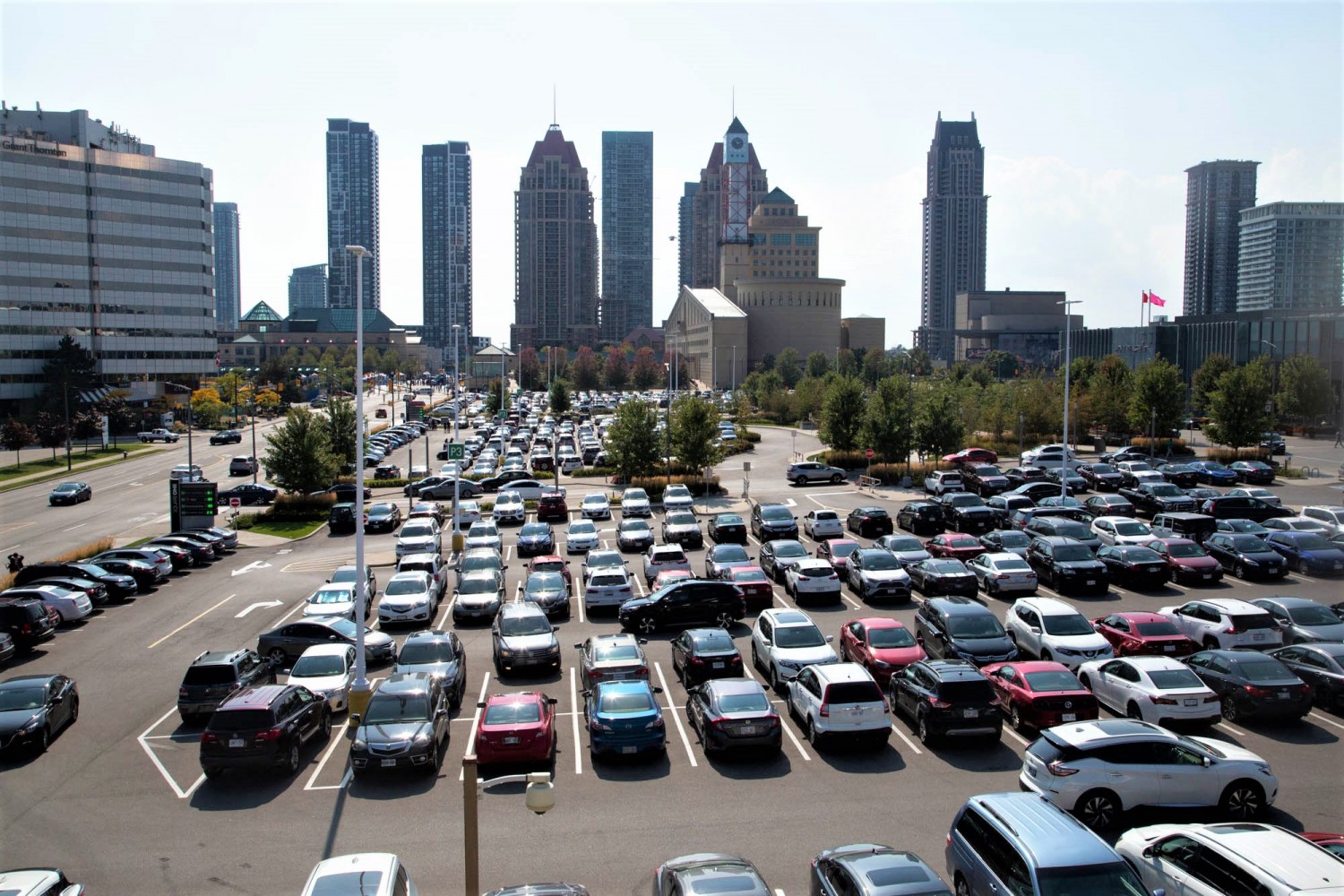
Mississauga seeks long-term federal support for affordable housing, as councillors broker ‘Frankenstein’ deals to fill the gap
Beverly Halls has lived in Clarkson for years, but high rents and a lack of personal credit are forcing her out. The 59-year-old charity volunteer, who has two daughters, is facing an uncertain future, with her lease coming to an end next week and no suitable new home found.
“My stuff is going in storage; that’s already been decided,” Halls told The Pointer, after a presentation to councillors on the subject of homelessness. Her 16-year-old daughter will remain in Clarkson with her grandparents, while Halls hopes to stay with a friend, though she doesn’t yet know if she has a spare room or simply a sofa.
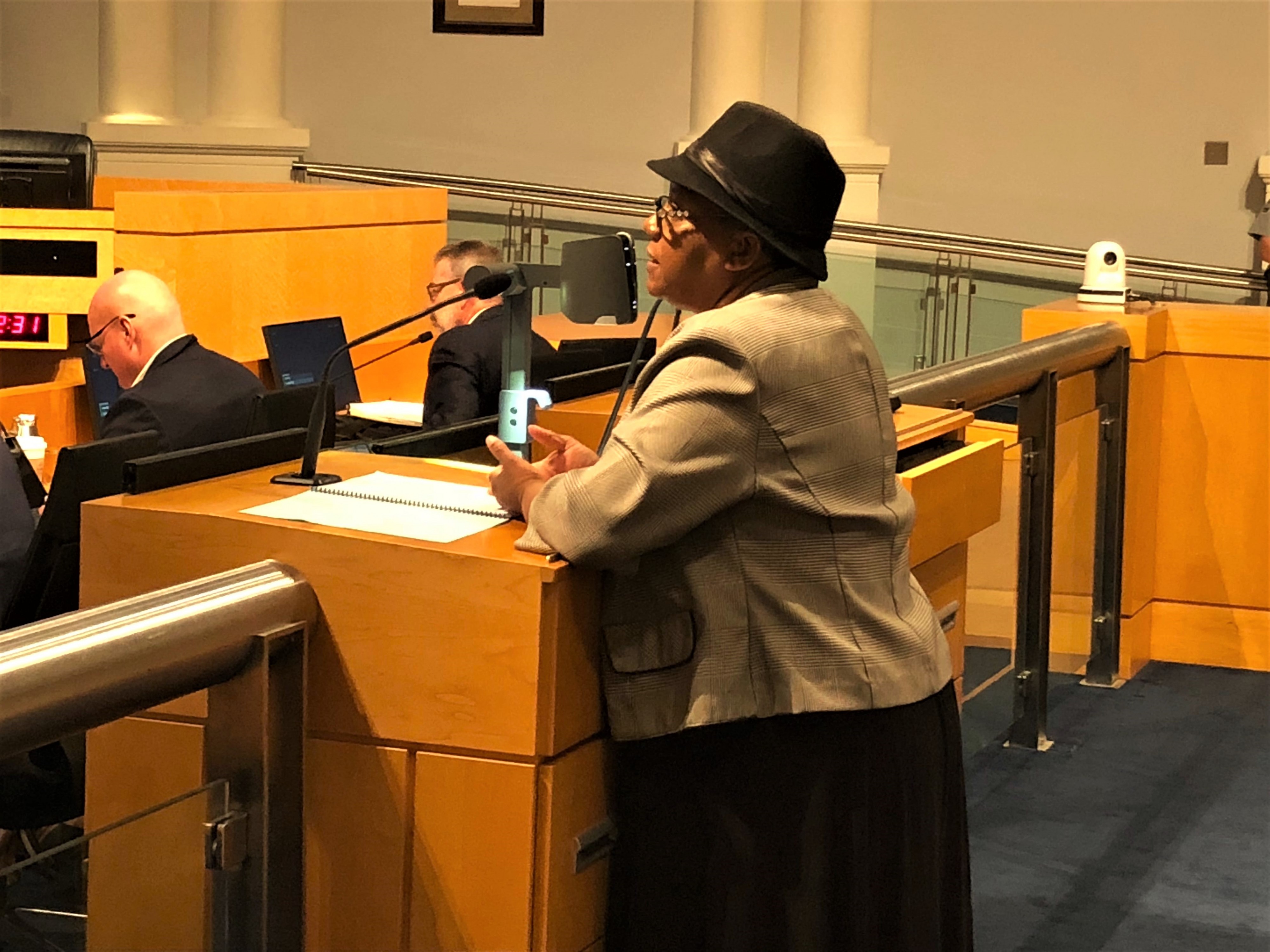
Clarkson resident Beverly Halls addresses council Wednesday
“Four years ago I rented my unit at $1,500,” she explained. “Today a unit in the same complex where I live is now going for $2,900. That shows you why landlords find it better to let a long-term tenant go and raise the rent.”
Halls blames “market forces,” and by implication lack of rent controls, for rising rents. Though concerned about her own future, she spoke at length to council about those less fortunate than her who are already sleeping on the streets of Mississauga. One plan she has is to organize a sleep-out with volunteers and homeless people to raise awareness of the issue.
Homelessness in Mississauga isn’t new, but its increasing visibility is a symptom of the housing affordability crisis gripping Peel Region, particularly in Mississauga and neighbouring Brampton. Though the region hoped to bring 75,000 affordable new units online between 2018 and 2028 (7,500 a year; however almost two years into the plan, the region has barely met 1 percent of its own annual goal), a shortage of funding from federal and provincial partners is a formidable barrier to achieving that goal. The region is set to receive just $29 million over the next three years, which will be split among various commitments: building maintenance, rent subsidies and creation of new units.
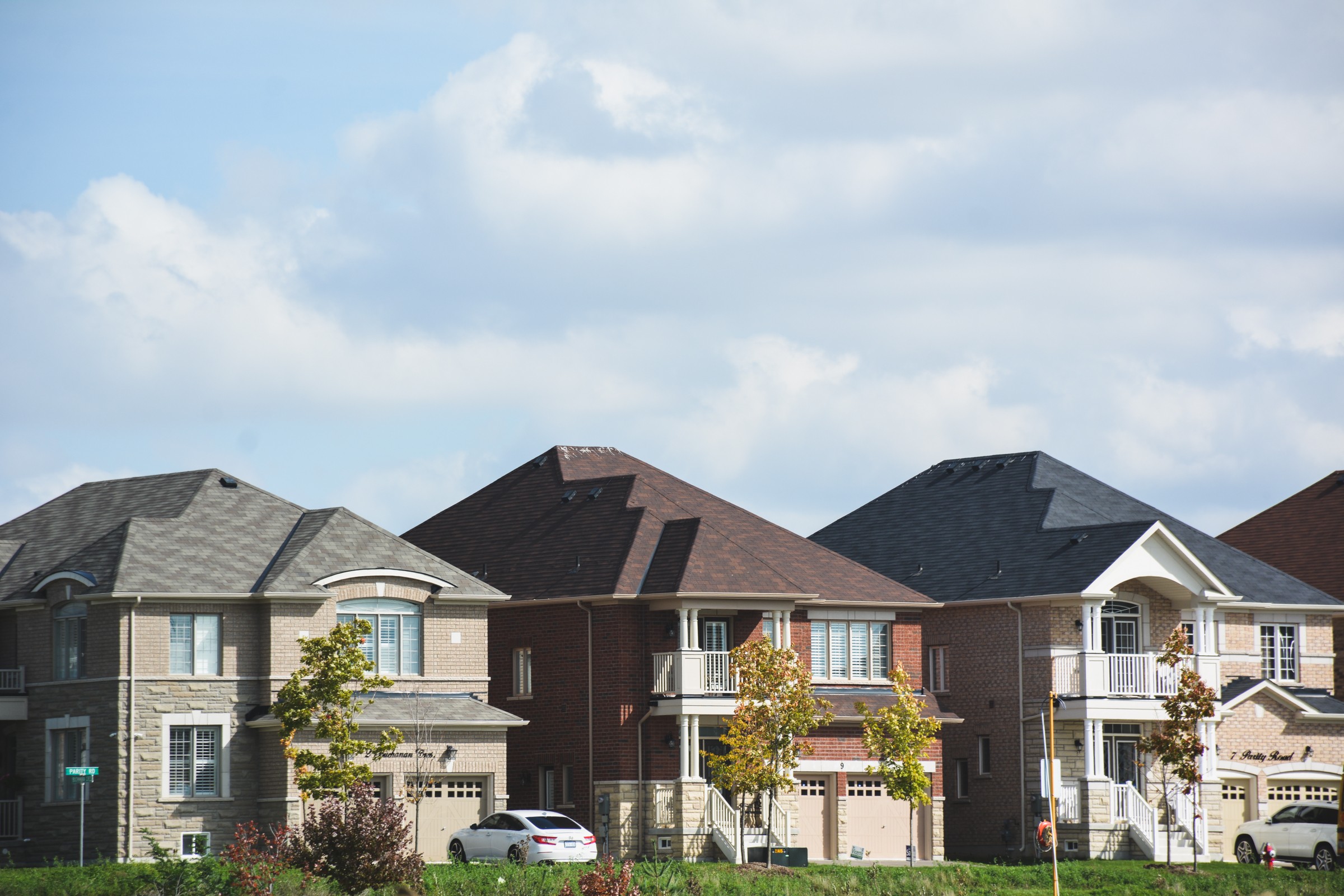
Larger single family homes had been the trend in Mississauga...
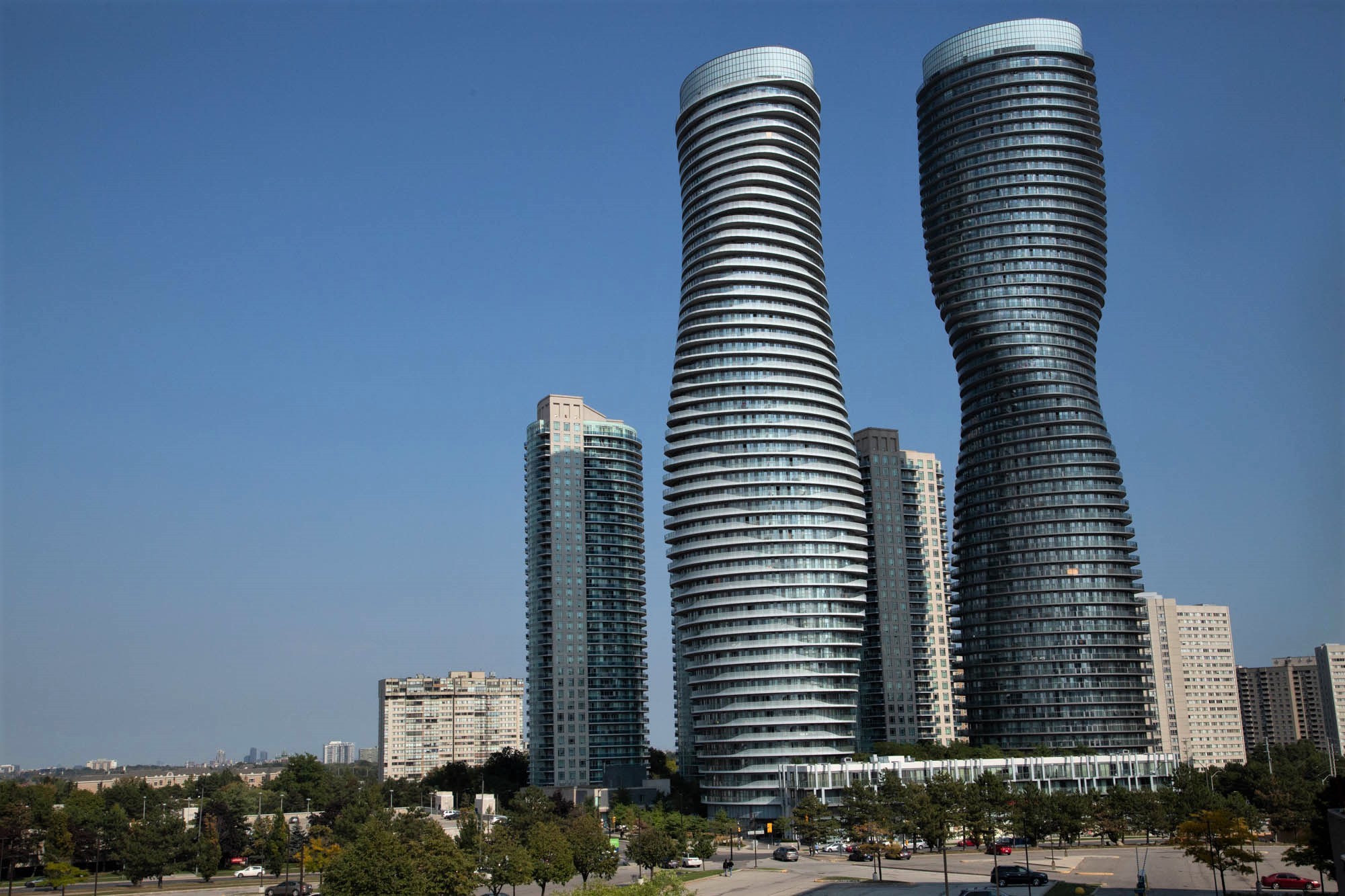
But mid-to-high-priced condos have been the recent focus
“We simply can’t do this alone, building affordable housing simply can’t come off the property tax base,” Councillor Karen Ras told The Pointer. She urges constituents to press federal election candidates for help on the issue.
Responsibility for affordable housing was downloaded from the Liberal federal government of Jean Chrétien in 1996 to the provinces and, in Ontario, the Mike Harris PC government then downloaded the cost to municipalities, despite their limited revenue-raising powers. As an upper-tier municipality, the Region of Peel is responsible for affordable housing in Mississauga and Brampton, but the future of regional government itself is in question. “We need other partners to step up,” Ras continued, “And that includes the building community and other levels of government.”
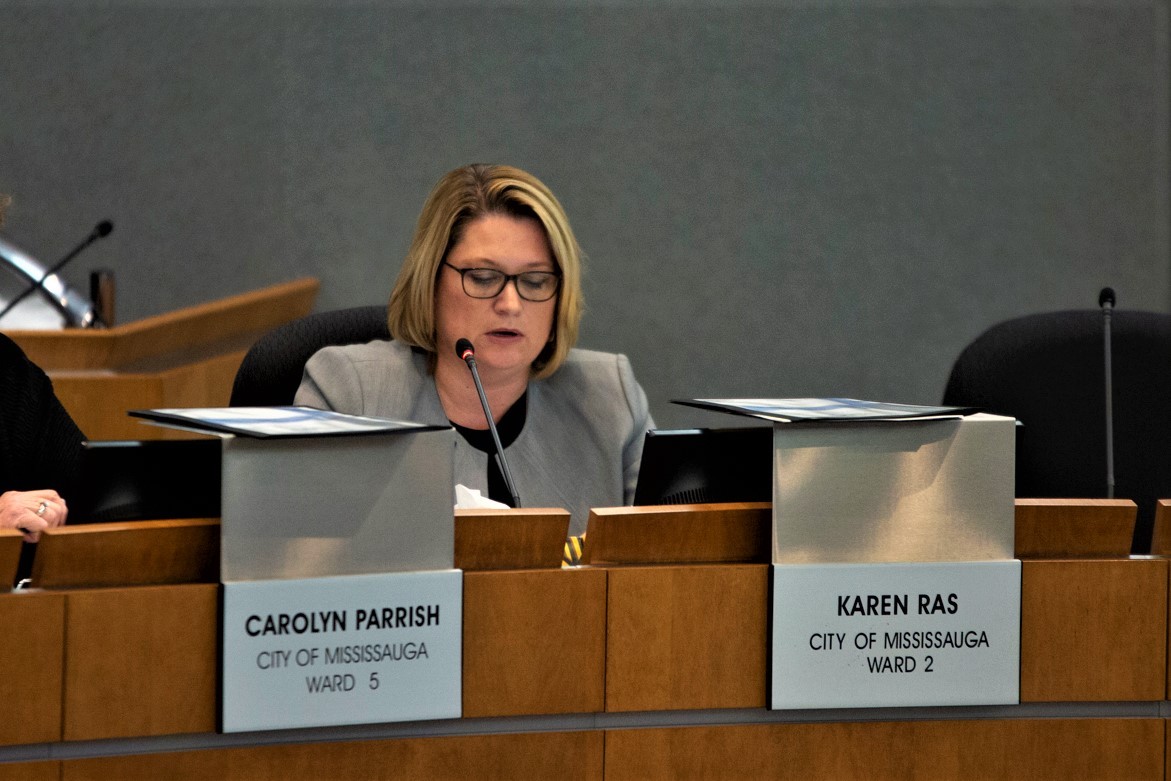
Mississauga Councillor Karen Ras
But the “building community” holds all the chips right now, so it’s likely a difficult ask for the city to expect developers to build minimum affordable housing requirements into their applications. If that becomes too costly, even with incentives such as breaks on development charges, there is no shortage of other hot markets, such as Vaughan or Markham, where builders can invest instead.
That may be what happened after Mayor Bonnie Crombie in 2016 floated the idea of a minimum affordable housing requirement for all new residential projects in certain parts of the city, for example, along the future Hurontario LRT corridor. Certain pockets along that route house large numbers of low-income earners in rent-controlled apartments and in other types of units. They could be replaced by expensive condos once the LRT arrives.
Minimum affordable housing requirements would prevent thousands of low-income earners, who rely on access to transit, from being displaced throughout the mass-transit corridor. That’s a trend that usually occurs wherever LRT and subway systems, which dramatically increase property values, are built.
After the idea was proposed in council by Crombie, receiving loud support from key allies such as Councillors George Carlson and Carolyn Parrish, it’s unclear what happened to the plan. It’s possible there was push back by the development community.
The affordable housing crisis has been building for years, with a current average wait time of six years for housing and many in the region waiting more than a decade. Builders’ preference for expensive housing developments over affordable rental buildings, proximity to Toronto Pearson Airport and the slow pace of adding affordable units have combined to fuel sky-high house prices and rents in Mississauga.
“They talk about this every single election cycle, and nothing’s been done,” Ras said, before criticizing the “piecemeal” nature of funding from provincial and federal governments. “What we need as municipalities is a sustainable source of funding to figure out capital building costs, as well as how we’re going to fund the operations in the long term. Until somebody comes up with a comprehensive plan — and it’s been promised by many parties over many years — I’m not holding my breath.”
Carlson expressed similar sentiments to The Pointer. He said he didn’t care who was elected or exactly how responsibility for funding was shared, as long as there was a stable housing plan focused on long-term construction.
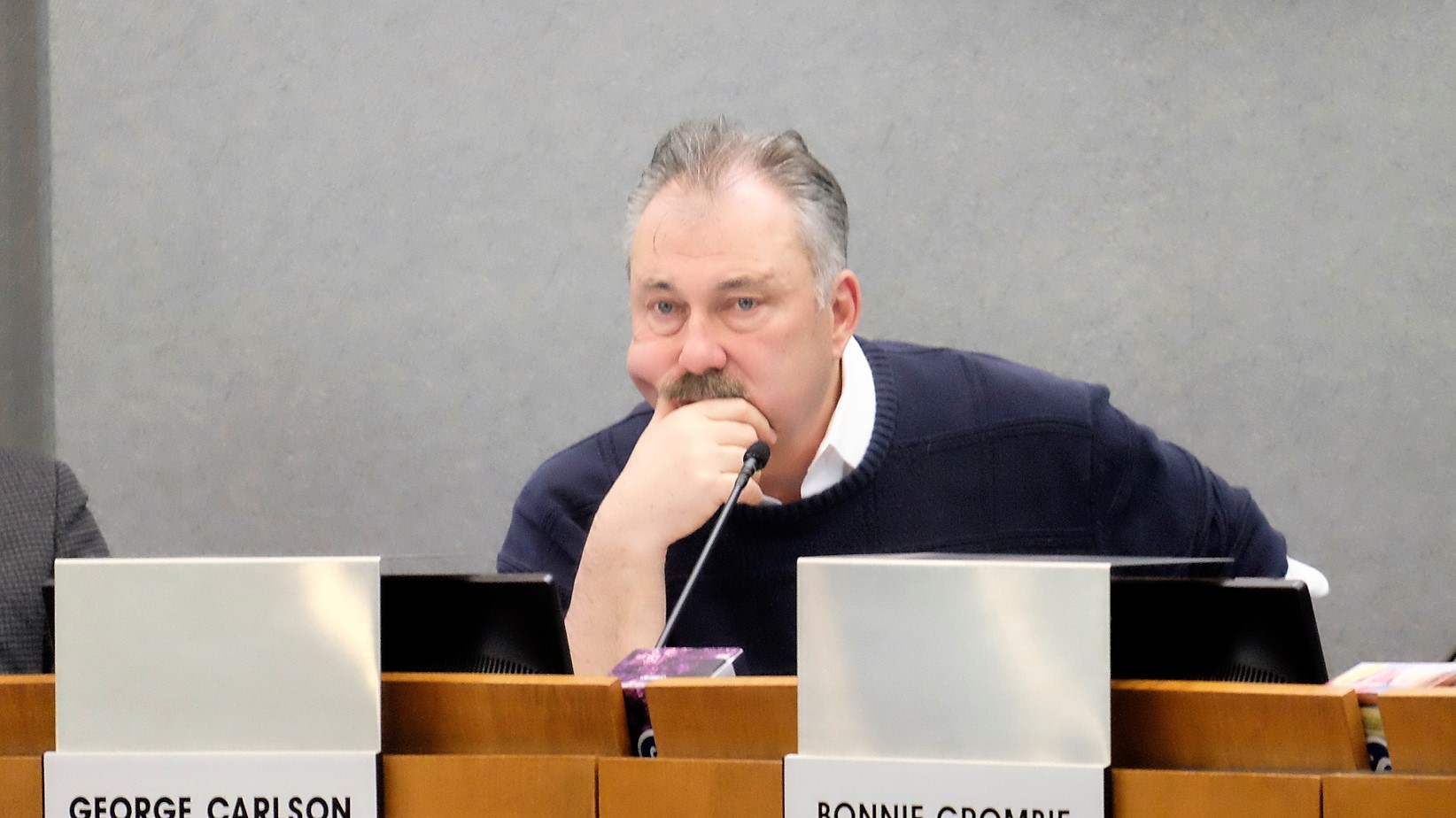
Mississauga Councillor George Carlson
Speaking candidly, Carlson described entering the housing and planning sector in his late 20s and thinking of the provincial government, “What the hell is wrong with these guys?” He attributes his reaction to naivety at the time. However, sitting in his council office in 2019, he said nothing has changed. He complained about countless studies and reports completed at the regional level alongside near-zero funding from above as evidence of misguided priorities.
“Thirty years later, it still comes down to that — somebody has to buy bricks and build the building. It’s a fundamental thing that you need: a roof and some units for people to move into,” he said.
“It seems like it [social housing] was a matter [of priority] in the 1970s and ‘80s, but then things just sort of started to dry up, and the demand certainly hasn’t,” an animated Carlson argued. “So I don’t know what happened. We’re short of all forms of housing — from the newly wed to the nearly dead, we’re short of them. People just need a bloody thing with a roof over their head.”
The housing situation in Mississauga has become so dire that some councillors have taken it upon themselves to create “Frankenstein” deals, according to Carlson. Citing efforts made by himself and Carolyn Parrish (Ward 5), Carlson explained that desperate housing needs and policy failure had forced them to get “creative”. That led to Mississauga “sneaking” into the housing market out of necessity, despite the fact that responsibility lies at the regional level.
He described deals in which he or Parrish brought developers, landowners and committees to the same table, in an attempt to make use of old schools or unused lots for housing. Carlson said it was a less-than-ideal backstop, but better than nothing.
“It’s all cobbled together, which is kind of fun the first few times you do it, but after that you have to think that this is a really poor substitute for organized resources,” he said. “For instance, there are a few schools closing which I am old enough to remember opening — they still seem like new buildings to me. You can repurpose a classroom into two units; they’re usually about 700 square feet. We’ve been forced by circumstance to be creative — but there is still a limit. It still costs millions of dollars to put something together — it [also] has to be a reasonable building and it has to live up to fire safety standards.”
Carlson says demand is so high for housing in Mississauga that there are no bad ideas. He draws on a Seattle model of creating “aPodments” — small, self-contained units for short-term rental — as well as converting schools and other innovative spaces into housing. Asked if he would bring motions to council to change bylaws so as to accommodate these ideas, Carlson did not commit. But he clearly has an encyclopedic knowledge of alternative housing solutions.
Even if council were willing to experiment with allowing smaller and less-conventional living spaces, federal and provincial funding would still have to come. As Councillor Ras expressed, Mississauga councillors are doubtful of shiny federal promises on housing. They have been stung before. Yet, despite the caution with which councillors may treat federal housing promises, they are still desperate to hear them.
The Mississauga Matters advocacy campaign, meant to elevate municipal concerns to the campaign discourse, is focused on housing as well as restoring the downtown loop to the Hurontario LRT plan. An aggressive social media rollout as well a website devoted to the topic has been created to encourage local residents to ask difficult questions of their candidates.
And, as the federal election moves closer, councillors are hoping that residents will help them tighten the screw. Mississauga boasts six key federal ridings, which, though all currently Liberal, have a history of changing hands. With that in mind, the city is hoping that its demands for more commitment to affordable housing will be listened to, allowing Mississauga a chance to put its own housing policies to the test.
@isaaccallan
Submit a correction about this story


